7 expert tactics to convert your loft on a budget, without compromising on quality
Get a high-end look without breaking the bank
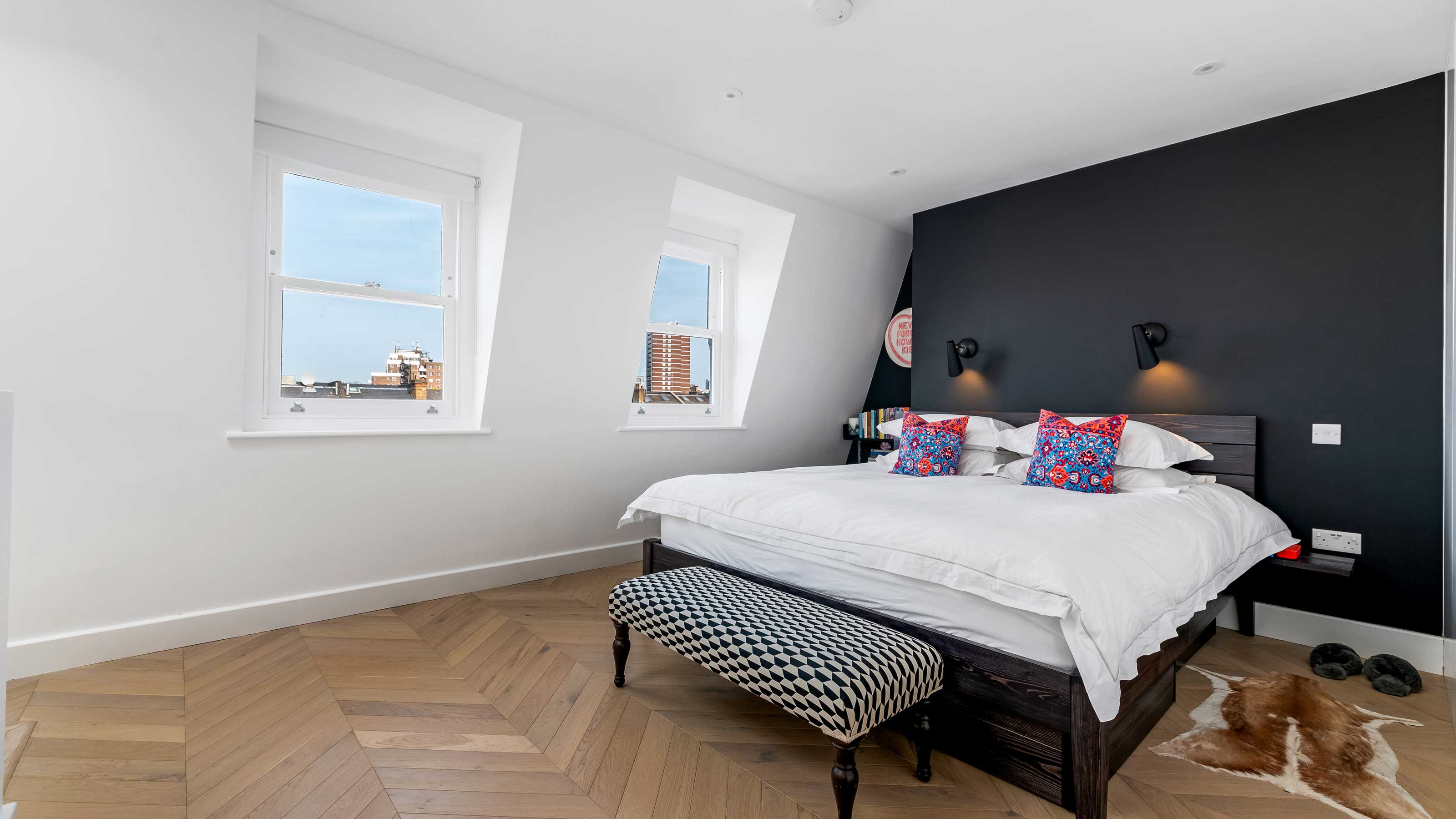

There is no denying that loft conversions are one of very best ways to add space and value to a house in a cost effective way – but do you know how to convert your loft on a budget in order to avoid overspending?
There are lots of things you can do when it comes to planning a loft conversion while keeping a lid on costs at the same time, including making smart choices when it comes to the type of conversion you opt for.
Read on for our expert-endorsed top tips on how to save money when transforming your loft space into a beautiful, stylish and indispensable new area within your home.
1. Stick to a simple design
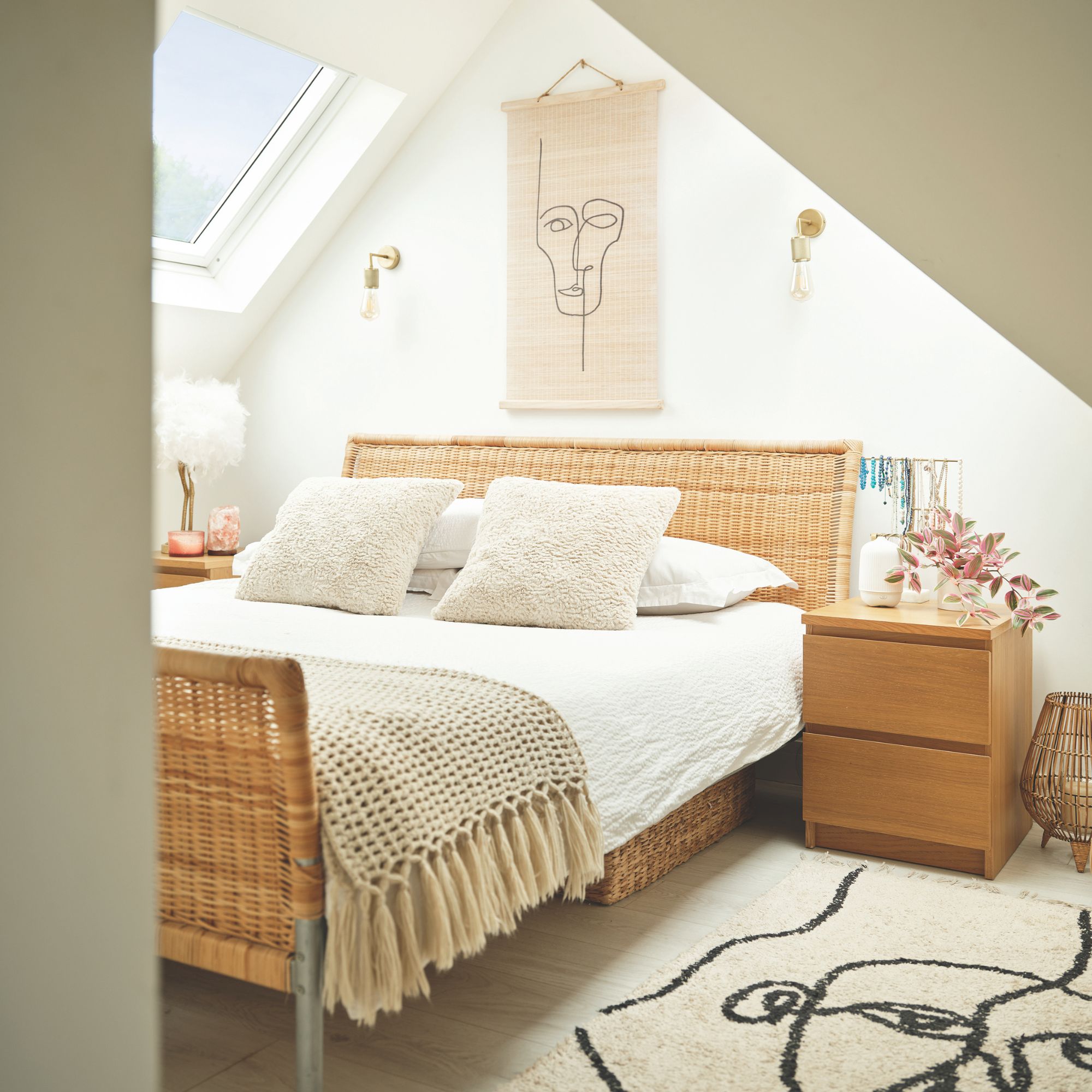
The very best thing you can do if you are on a tight budget is to stick to a simple design in terms of the loft conversion ideas you choose.
'A loft conversion can be one of the most cost-effective ways to add space and value to your home, but costs can climb fast without a bit of strategy,' picks up Rob Wood, MD of Simply Loft, who goes on to explain the best type of loft conversion for those keeping an eye on costs.
'A Velux (rooflight) loft conversion is the most budget-friendly option,' he says. 'It doesn’t alter the roofline, so there’s no need for complex structural work.'

Rob and Helen Wood set up The Simply Construction Group in 2008. They sought to professionalise the stressful and disorganised construction industry. Initially setting up the brand Simply Extend, the Simply Construction Group has grown to include Simply Loft, Simply Basement and Simply Architects.
2. Plan well in advance
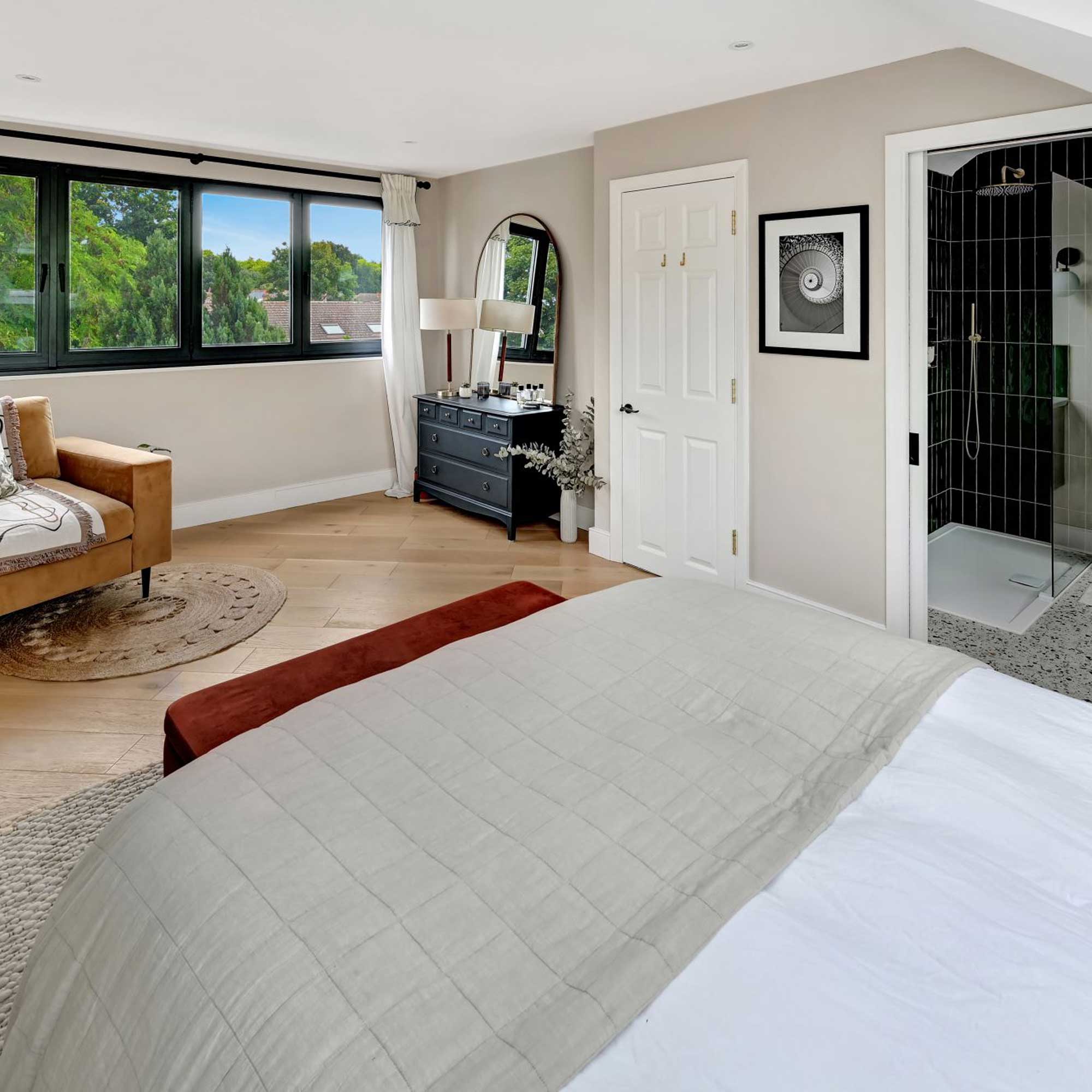
Just as when building an extension, creating a firm plan and making decisions early on in the process will avoid changes later down the line that could eat into your budget. This is also an effective way to avoid common loft conversion mistakes, which can also prove costly to rectify.
Sign up to our newsletter for style inspiration, real homes, project and garden advice and shopping know-how
'Rushed decisions lead to costly changes,' confirms Rob Wood. 'Spend time upfront making sure the design suits your needs long term.'
That said, it can also pay to leave a little flexibility in your plans too, as interior designer Nick Smith, founder of Smithers of Stamford explains.
'I always recommend splitting the conversion into phases: shell, services, soft finishes, and styling,' says Nick. 'Finish the structure and insulation first, then pause. Live in it raw for a few weeks if you can. This gives you clarity on how the light falls, where you naturally want to sit, how the space breathes.
'For one client, we initially thought the desk would go under the skylight,' continues Nick. 'But after a few weeks of use, they realised the opposite wall gave better screen visibility and cosier vibes. Had we hardwired sockets in too early, that misstep would’ve cost a rewire. Flexibility can save money and regret.'

Nick Smith is an interior designer and expert in vintage and antique furniture. He is also founder of Smithers of Stamford, specialising in comprehensive home renovations and remodeling. He merges theoretical knowledge with practical skills to provide premium-quality residential transformations.
3. Don't forget hidden fees
It is so important to understand the full scope of your loft conversion costs, and not just the more obvious factors – there are a number of hidden costs to watch out for too.
'Building regulations and and planning fees, structural reinforcements (in particular older houses may need extra steel supports), upgrading insulation and putting fire safety measures in place are all often-forgotten about when budgeting,' warns Rob Wood. One of our contributors wrote about how she had to spend an additional £4,000 after she thought she'd finished her renovation, so it's worth factoring these in if you can, or having a decent contingency fund in place.
You'll also need to think about final decoration if you don't want to end up with an unfinished project. This is definitely one area to unleash your DIY skills too if you want to save money.
4. Work with what you have
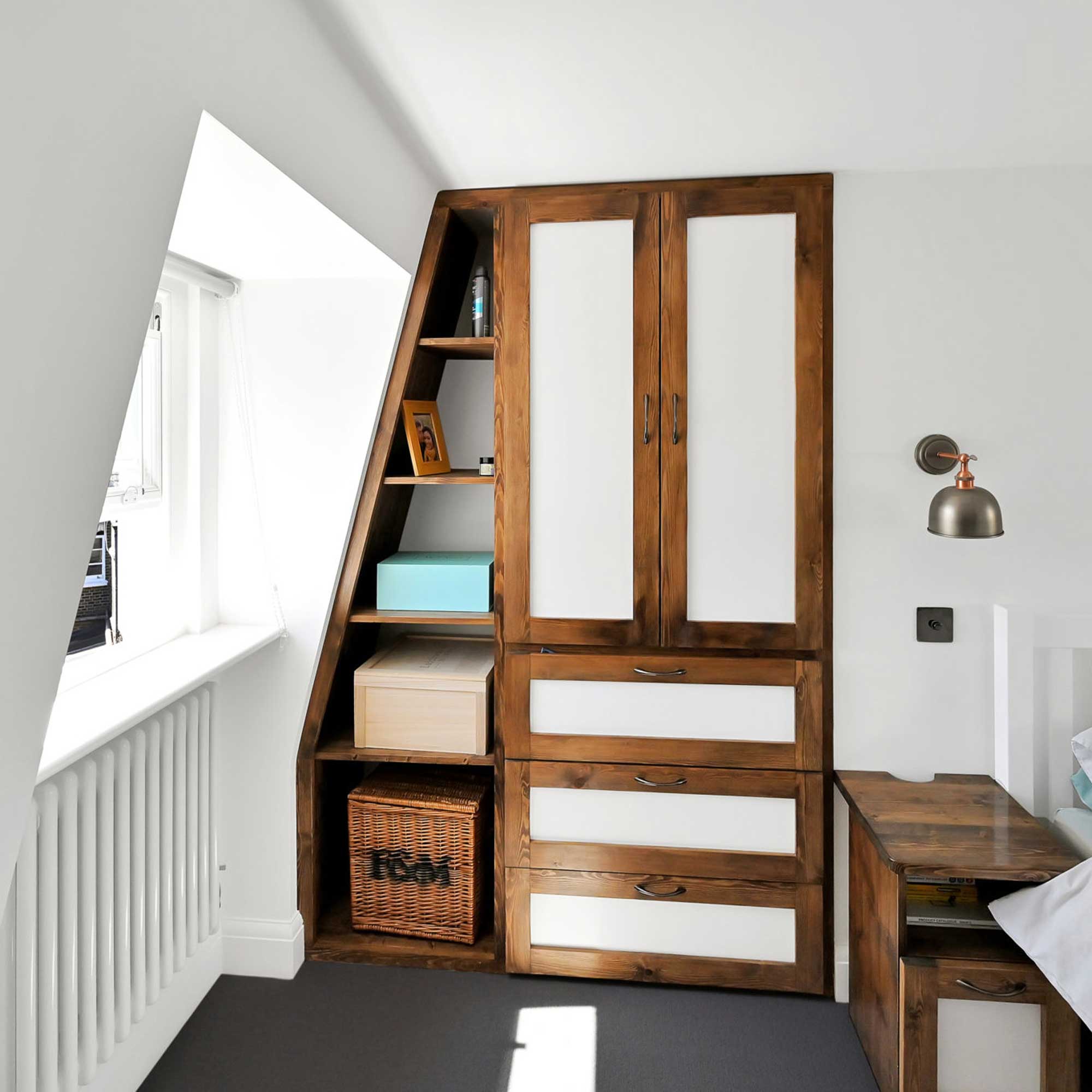
Loft conversions can be awkward spaces, with their dormer windows and sloping ceilings, but accepting this and working with the size and proportions of the room will help stop costs from spiralling.
'Respect the 'truth' of the space – don’t fight it,' advises Nick Smith. 'Here’s something few will tell you: the most expensive mistake in a loft conversion is wanting it to be something it’s not. Homeowners often try to impose a traditional room layout in a loft, forcing square furniture into triangle-shaped spaces, or flattening roofs just to install standard wardrobes. Don’t do that.
'One of my proudest budget projects was a reading nook under a sloping ceiling where we leaned into the asymmetry,' continues Nick. 'We layered floor cushions, warm LED strip lighting under the beam, and suspended a swing-arm lamp from the rafter. It cost under £300 and became the most talked-about spot in the house.
'Design is not about uniformity, it is about harmony with context,' adds Nick. 'Work with the pitch. Celebrate the angles. You’ll save thousands by not forcing the space to conform.'
5. Spend strategically
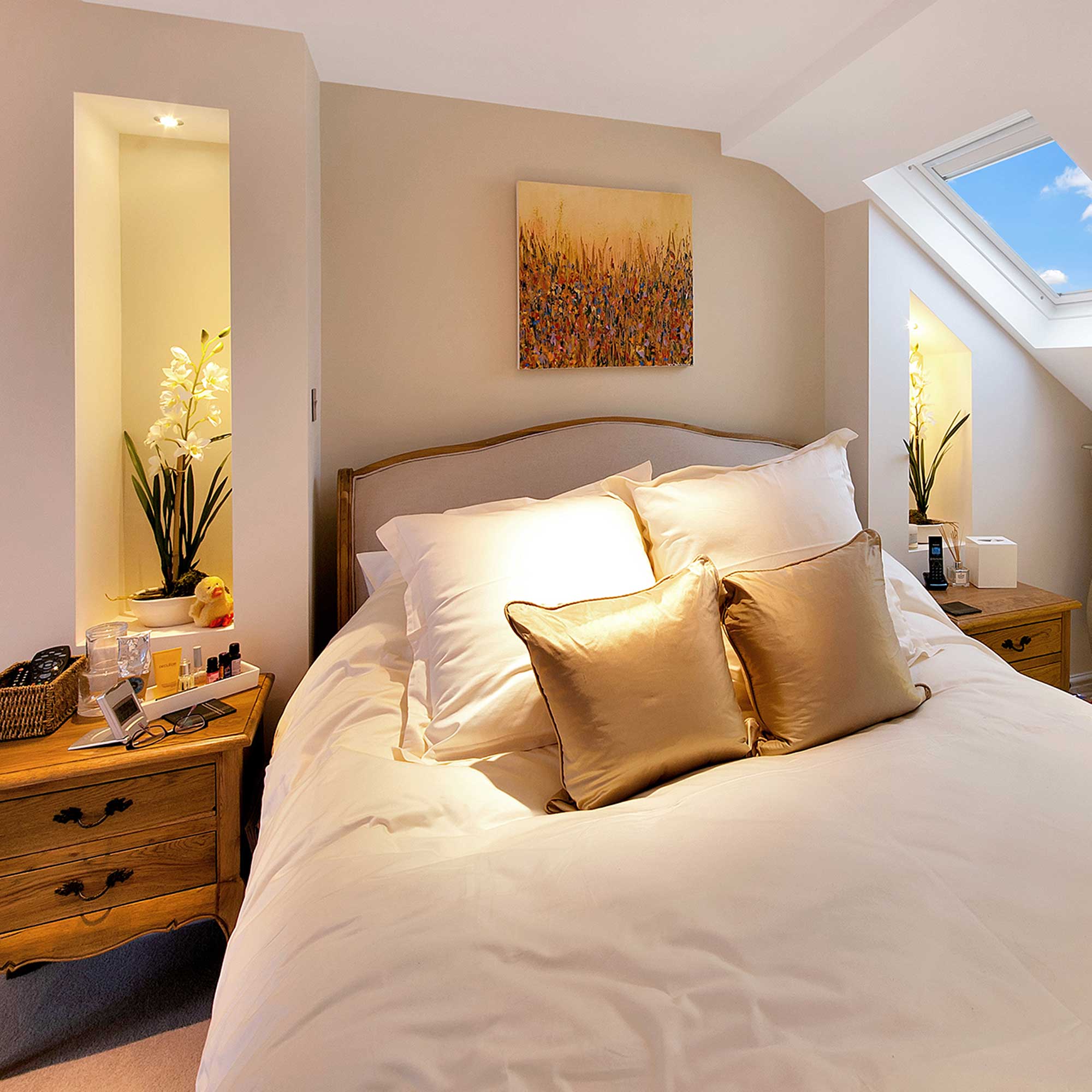
There are areas of a loft conversion where you obviously don't want to cut corners – for example, anything to do with loft conversion building regulations or the structure are not where you want to be scrimping. However, there are certain, less obvious, aspects that deserve a little more of your budget if you want the overall scheme to be a success.
'Design a visual trick that makes the space feel twice the budget,' picks up Nick Smith. 'Let me tell you about the 'single splurge' rule. Even with the tightest budgets, I urge clients to invest in one hero element that anchors the space. Maybe it’s a reclaimed wood beam sanded to perfection, or a vintage chandelier sourced from an estate sale. In one project, we created a faux-steel Crittall-style window between the loft and stairwell using painted timber trim and clear acrylic. The whole thing cost £120. Visitors thought it was bespoke glazing.
'Strategic splurges elevate everything around them,' further adds Nick. 'When you contrast luxe with basic finishes, the budget-conscious elements borrow glamour from the showpiece. It’s a mind trick – and it works every time.'
6. Consider acting as project manager
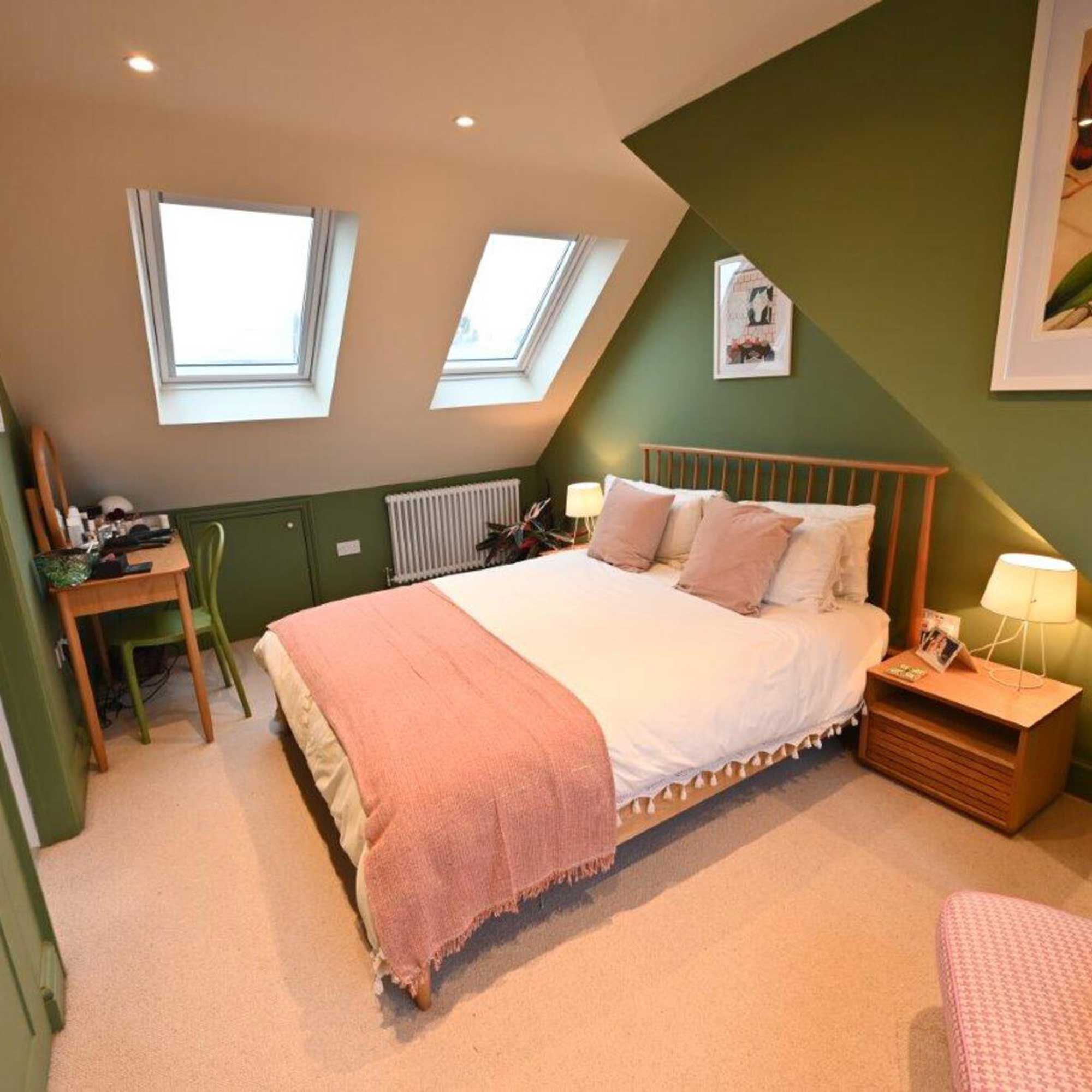
When it comes to the question of should you project manage your own extension, there are pros and cons to be aware of, but if you are keen to save money on your loft conversion, this is definitely a route worth considering.
'Rather than hiring a single firm to manage your conversion, consider becoming the general contractor,' suggests Nick Smith. 'That doesn’t mean doing all the work yourself, but managing the timeline and trades in order.
'Builders can mark up sub-trades (plumbers, electrician, plasterers and so on) by 10–20%. But if you hire trusted people directly – staggering them based on availability – you cut out the margin. Yes, you need to be organised. Yes, it takes time. But I’ve helped clients knock 30% off their total spend just by taking on the scheduler role themselves.
'You can use free apps like Trello to track tasks and WhatsApp groups to keep everyone looped in,' continues Nick. 'It’s messy, but it works – and it gives you full visibility of every penny spent.'
While this route offers savings, do be aware that you'll still benefit from using a loft specialist, structural engineer, good architect and so on.
7. Cheat the bespoke furniture look
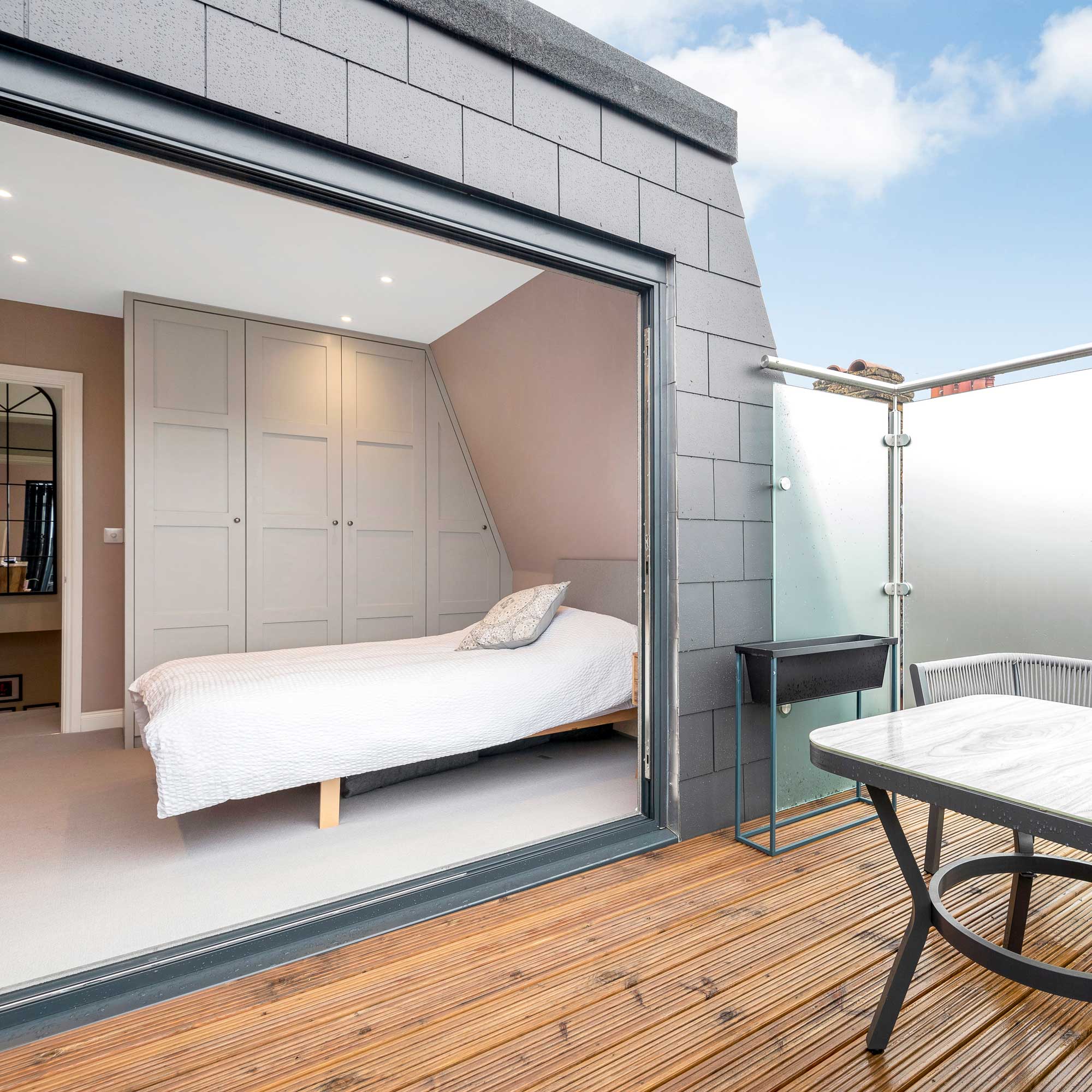
Keeping costs low need not mean sacrificing a stylish finish that looks high end – you just need to be smart about how you achieve this, looking into things like stylists' favourite Ikea hacks, for example.
'Fitted wardrobes are often the biggest spend in loft bedrooms, but I have a trick,' begins Nick Smith. 'Use low-cost carcasses (such as IKEA's PAX frames) and hack them with custom doors cut at an angle to match the slope. I work with local carpenters who will cut MDF doors to spec, which clients can then paint themselves. The result? A bespoke look at 25% of the price.
'Better yet, install curtain tracks in the eaves and hide storage behind fabric. It softens the space, adds texture and costs next to nothing.'
FAQs
How much should I budget for a loft conversion?
If you want to step into your loft conversion project fully aware of what kinds of funds you'll need available, you need to do a little research on budgeting basics and average prices first.
'We have carried out thousands of loft conversions across London and the West Midlands,' picks up Rob Wood. 'An average loft conversion cost in 2025 can range anywhere from £50,000 – £90,000 and upwards. The typical cost of a loft conversion is based on many factors such as size, type of loft, where you are located in the UK and any internal specifications that are required such as windows, doors, bathrooms and so on.'
Once your loft conversion has been constructed, keep on track by selecting some budget decorating ideas that look great yet cost next to nothing.

Natasha has been writing about everything homes and interiors related for over 20 years and, in that time, has covered absolutely everything, from knocking down walls and digging up old floors to the latest kitchen and bathroom trends. As well as carrying out the role of Associate Content Editor for Homebuilding & Renovating for many years, she has completely renovated several old houses of her own on a DIY basis.
You must confirm your public display name before commenting
Please logout and then login again, you will then be prompted to enter your display name.